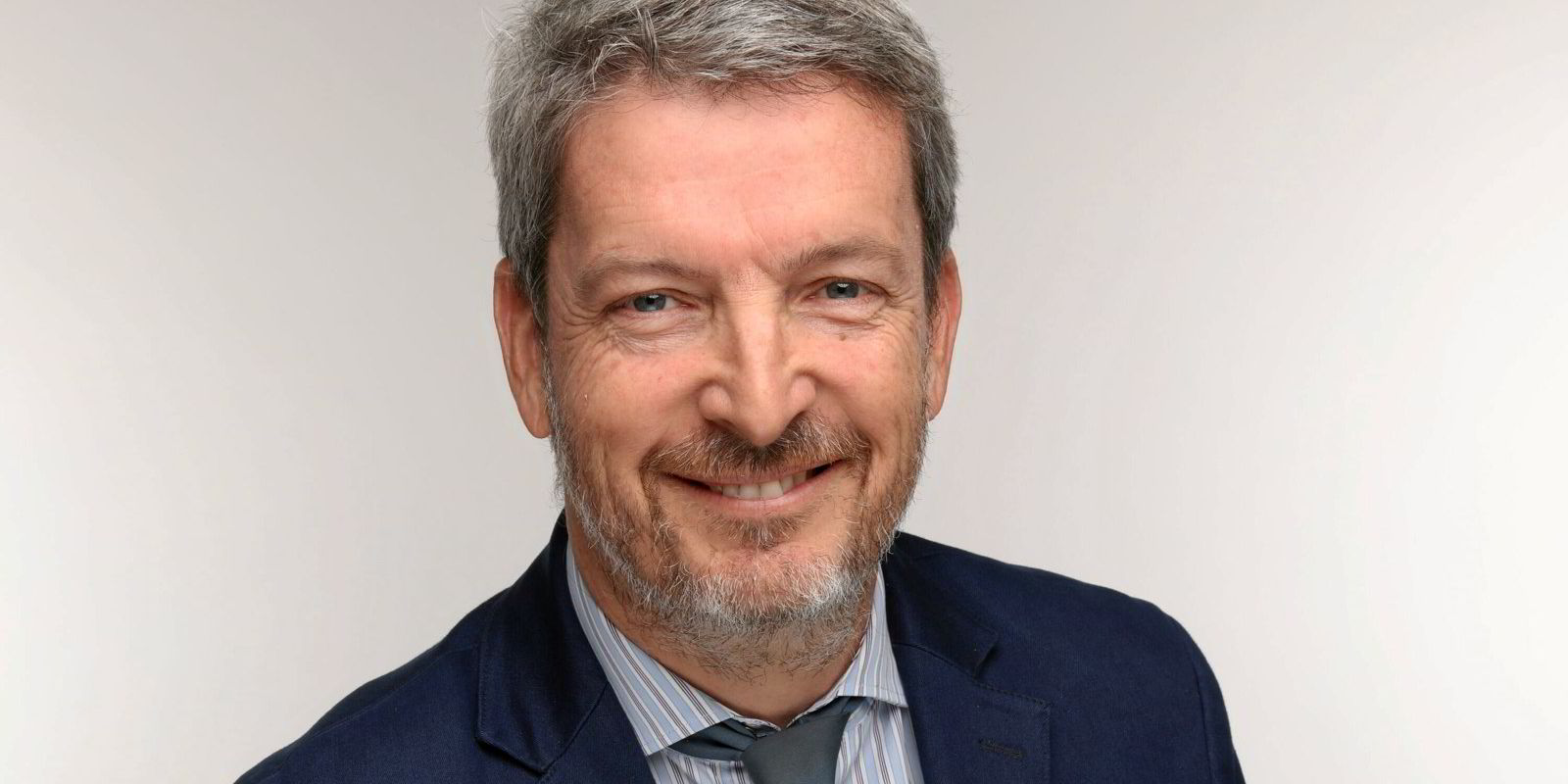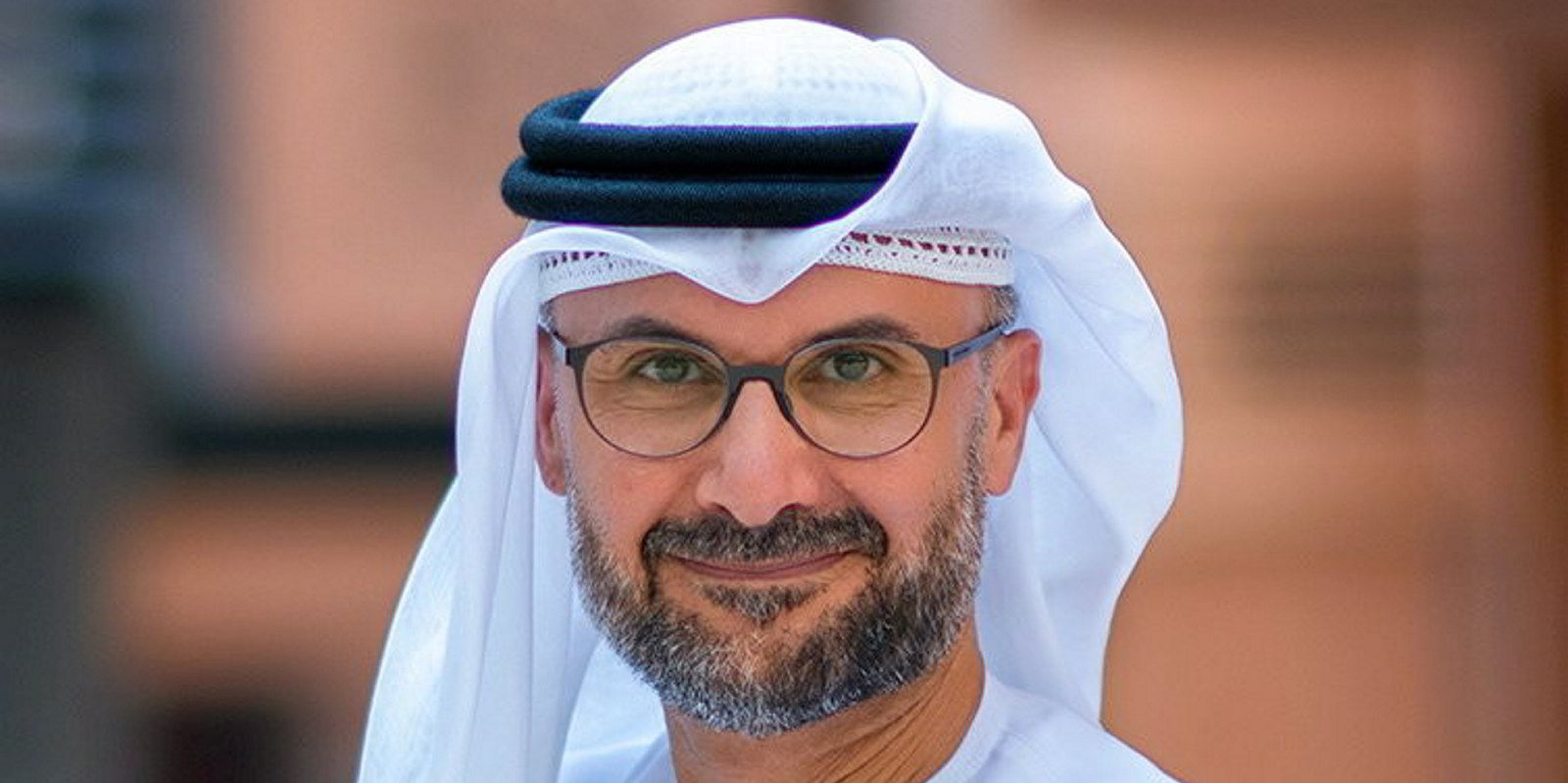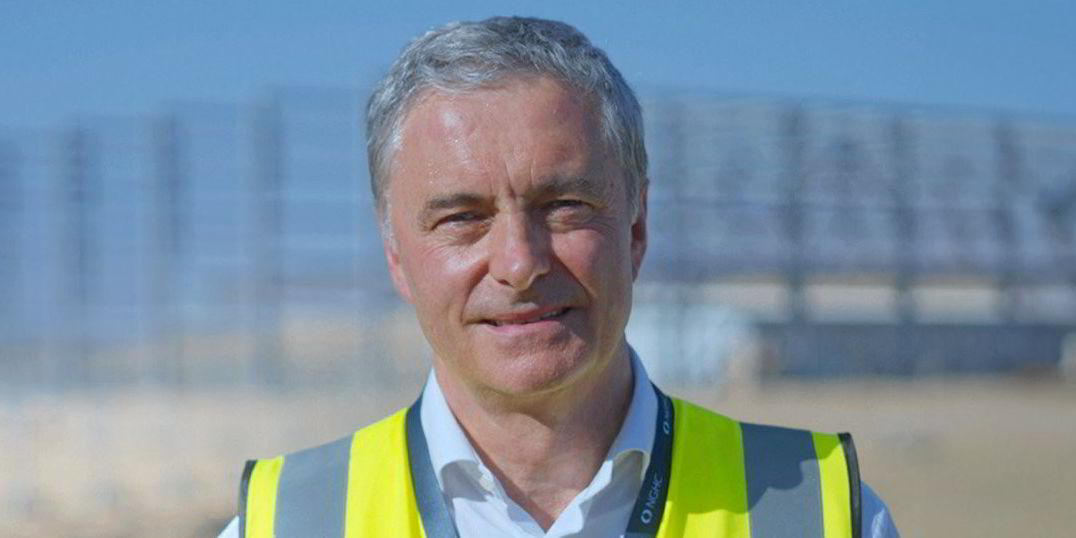A multi-phase green hydrogen project in Mauritania will start with the installation of 3GW of dedicated wind and solar power in a first stage, one of its developers Chariot Energy has stated, after announcing completion of a feasibility study.
‘Project Nour’, a joint development with TEH2 — a consortium 80% owned by French oil major TotalEnergies and 20% by the EREN group — has moved to conceptual engineering studies. slated for completion next year.
First-phase renewable capacity of 3GW is intended to power up to 1.6GW of electrolysis capacity, producing 150,000 tonnes of green hydrogen per annum, according to London-based Chariot Energy.
Full development will require 10GW of electrolysis capacity, Chariot stated.
A final investment decision on the multi-billion-dollar project is scheduled for the latter half of 2027.
The overall project cost was estimated at $3.5bn in 2021, although Chariot Energy has not yet provided a more recent update to this figure.
Development rights
Chariot Energy has exclusive development rights for two blocks of onshore land totalling 5,000 square kilometres in northwestern Mauritania, with the first project area located between existing mining and railway infrastructure for iron ore and the port city of Nouadhibou.
While the company also had rights to another 9,400 square kilometres offshore, Project Nour will be designed as a fully onshore project, according to a Chariot spokesperson.
“This feasibility study further corroborates how important this project stands to be within the context of the future green hydrogen market,” said Laurent Coche, CEO for Chariot Green Hydrogen.
He continued: “Nour’s size and scale has the potential to have a material impact both as a domestic and export producer and we are proud to have set the development along this path.”
Chariot Energy indicated in its announcement that it will explore both green steelmaking within the country and ammonia production for export to Europe as potential offtake options.
In 2022, the developer signed a non-binding memorandum of understanding with the Port of Rotterdam to ship hydrogen either as a liquid or as ammonia from Nouadhibou.
European Commission president Ursula von der Leyen last month suggested during a visit to the country that in addition to direct exports of green hydrogen, the EU could be a potential import market for green iron and steel from Mauritania, with an offer to deploy the €300bn ($323bn) Global Gateway fund to finance infrastructure.
The African country has already racked up multiple proposals for gigawatt-scale green hydrogen plants beyond Nour, including Danish developer GreenGo Energy’s 35GW Megaton Moon project; CWP Global’s 16-20GW Aman project (drawing on 30GW of renewables); and Infinity Power’s unnamed $34bn, 10GW facility.
(A version of this article first appeared in Recharge's sister publication Hydrogen Insight)



